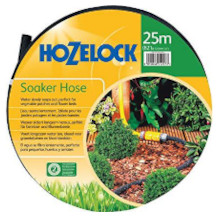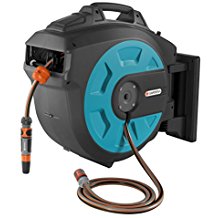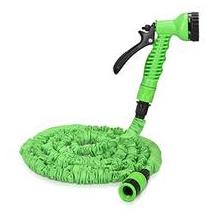Lawn sprinkler purchasing advice: how to choose the right product
- What You Need to Know
- Sprinklers are good for watering larger lawns.
- They work via water pressure and usually do not require a power connection.
- Square sprinklers are ideal for watering rectangular areas.
- Free-standing lawn sprinklers can be placed where irrigation is needed.
Cool wet and lush green
Many garden owners value a lush green lawn. The lawn can be used in many ways and plays the role of an extended living room for a large part of the year. However, especially in hot summers, lawn care is difficult. In heat and drought, the blades of grass dry out and the lawn turns yellow instead of green. Watering with a watering can or garden hose is a tedious and strenuous task. If you use a hose or a watering can, you must also make sure that the lawn is watered evenly. A lawn sprinkler promises a remedy. It provides the lawn with sufficient water in a balanced and, above all, automatic manner.
Since lawn sprinklers are used on different sized areas, there are many different designs. However, the basic mode of operation is the same for all models. To operate a lawn sprinkler, all that is needed is a hose connected to a water source, as it works on water pressure alone. A power connection is not necessary. In the classic lawn sprinklers used on sports fields, the water hits a gearbox that sets the sprinkler in motion. The water is sprayed in a circle and the lawn is irrigated. Square sprinklers for private gardens have several outlet nozzles whose angle can be adjusted.
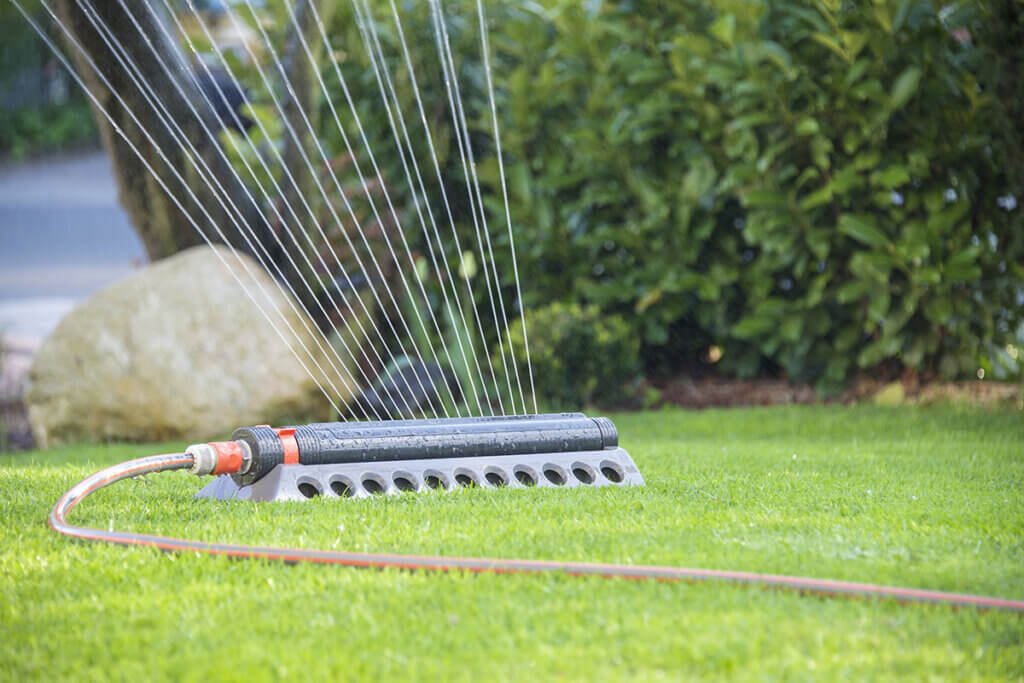
What types of lawn sprinklers are there?
Square sprinklers, swing sprinklers and circle sprinklers are interesting for private use. These compact sprinklers can be freely positioned in the garden and moved if necessary. Impulse sprinklers, such as those used for watering sports fields, are less suitable for the home garden.
Square sprinklers – all-rounders for the home garden
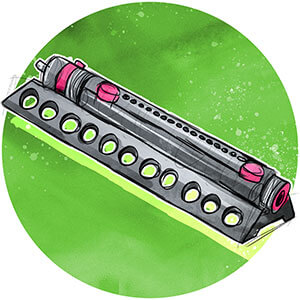
A square sprinkler, also called a swing sprinkler, is recommended for your own garden. It is ideal for small to medium-sized rectangular areas. The free-standing square sprinkler consists of an elongated swivel arm with several outlet nozzles. This arm swivels back and forth to water the area to the left and right of the sprinkler. The placement of the sprinkler is crucial for effective watering that reaches all corners of the lawn.
After a trial adjustment of the sprinkler, it is possible to determine which areas of the lawn have remained dry and whether irrigation has been applied over and above the intended area. In the case of a larger lawn area, it is necessary to move the sprinkler or set up several. A square sprinkler does not have to be placed in the middle of the lawn, it can also be placed at the edge. The swivel angle can usually be adjusted so that the sprinkler only irrigates in one direction. This is advantageous, for example, if a particularly narrow section of lawn or a bed is to be watered.
Circular sprinkler – specialist for round areas
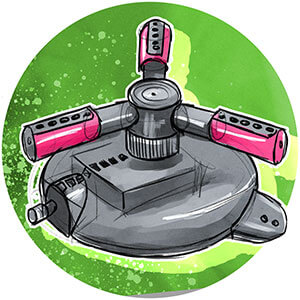
Circular sprinklers are well suited for larger gardens. Those who have laid out round lawns should also use such a model. The sprinkler head of the circle sprinkler is mounted on a heavy base or equipped with a spike that is inserted into the ground. As a rule, circle sprinklers have three arms equipped with nozzles that distribute the water. Many models are adjustable to irrigate a semicircle or a smaller segment of a circle.
Compared to the square sprinkler, the circle sprinkler has the disadvantage that its watering radius does not fit most gardens. In a square garden, the corners do not receive water. If several circle sprinklers are set up, overlapping easily occurs and thus overwatering.
Impulse sprinkler – professional device for greenkeepers
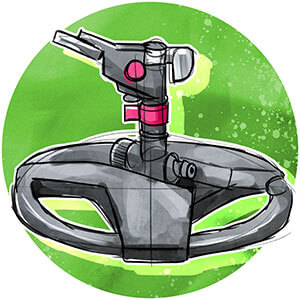
Impulse sprinklers are basically circular sprinklers with a particularly large radius. They are usually used on very large lawns or in agriculture and are rather unsuitable for private gardens. Sprinklers that water sports fields are usually impulse sprinklers. Since they have only one nozzle, the water comes out under very high pressure, which is accompanied by a long range at the same time.
The mechanism, which is operated by the water, triggers a jet separator that breaks up the escaping water. This also creates the characteristic sound of these lawn sprinklers. Impulse sprinklers are anchored in the ground with a spike. On many sports fields, they are permanently installed as a system.
What to look for when buying a lawn sprinkler
When choosing a lawn sprinkler, the size and shape of the garden play a role. For a small, square lawn, a single square sprinkler is often sufficient. To irrigate larger areas, a sufficient throw range is necessary. The maximum range specified by the manufacturers should always be somewhat greater than the actual lawn area.
Permanently installed or free-standing?
Free-standing sprinklers are sufficient for most private gardens. Although the sprinkler may need to be moved around when watering and put away after use, this amount of work is negligible in a small or medium-sized garden. A free-standing sprinkler can be easily stored away in winter when it is not needed.
Square sprinklers usually have a plate that gives them secure footing. On slopes or uneven ground, however, the plate can lose its stability. Some circular sprinklers are inserted into the ground with a spike, so they are particularly flexible in terms of location. However, they leave unsightly holes in the ground.
Most gardens are not extensive enough to require a permanently installed automatic lawn sprinkler system. The installation of such a system, where pipes are laid in the ground, is associated with a considerable expenditure of time and money. For the garden behind the house, a free-standing sprinkler makes more sense in most cases.
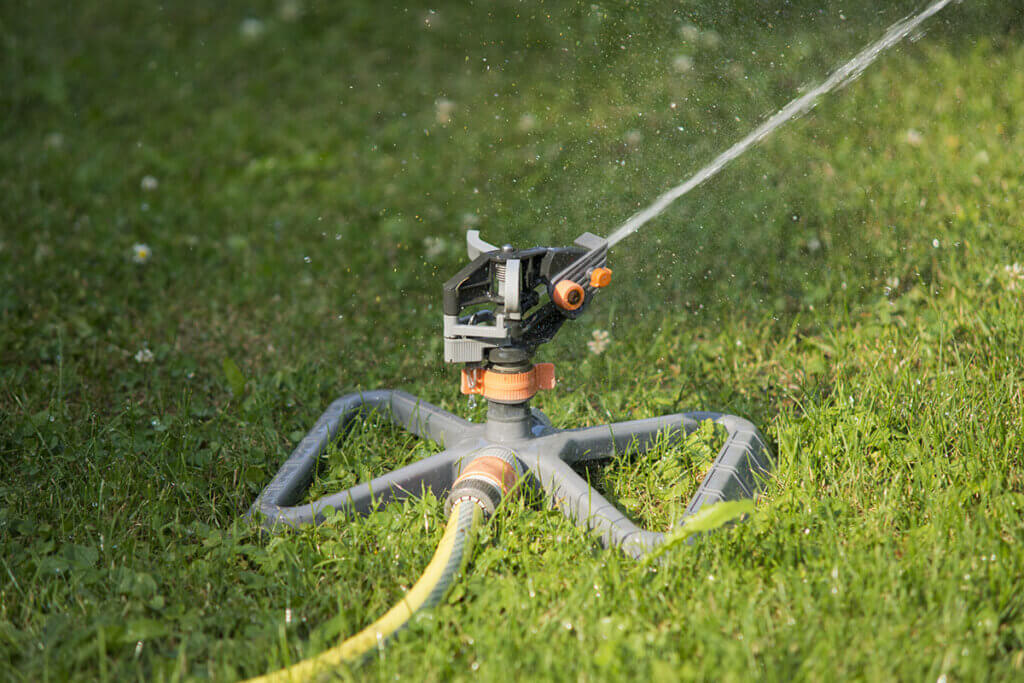
Throw and blast width
Throw width and spray width determine the area a sprinkler can irrigate without having to be moved. A lawn area can be watered most efficiently with a sprinkler whose throw and spray width correspond as closely as possible to its size. Most manufacturers only specify maximum values. The packaging will then read “suitable for area X”. However, it should be noted that these maximum values can often only be achieved with very high water pressure. It is therefore advisable to choose a lawn sprinkler whose specified irrigation area is somewhat larger than the lawn at home.
It is also important to be able to adjust the throw and spray width. Some models do not offer stepless adjustment, so that there are always areas without irrigation or areas are irrigated where this is not desired. Among the square sprinklers there are models in which the spray width is varied by switching off individual nozzles. With circle sprinklers, it is important whether the radius can be reduced or whether only irrigation of the entire circle is possible.
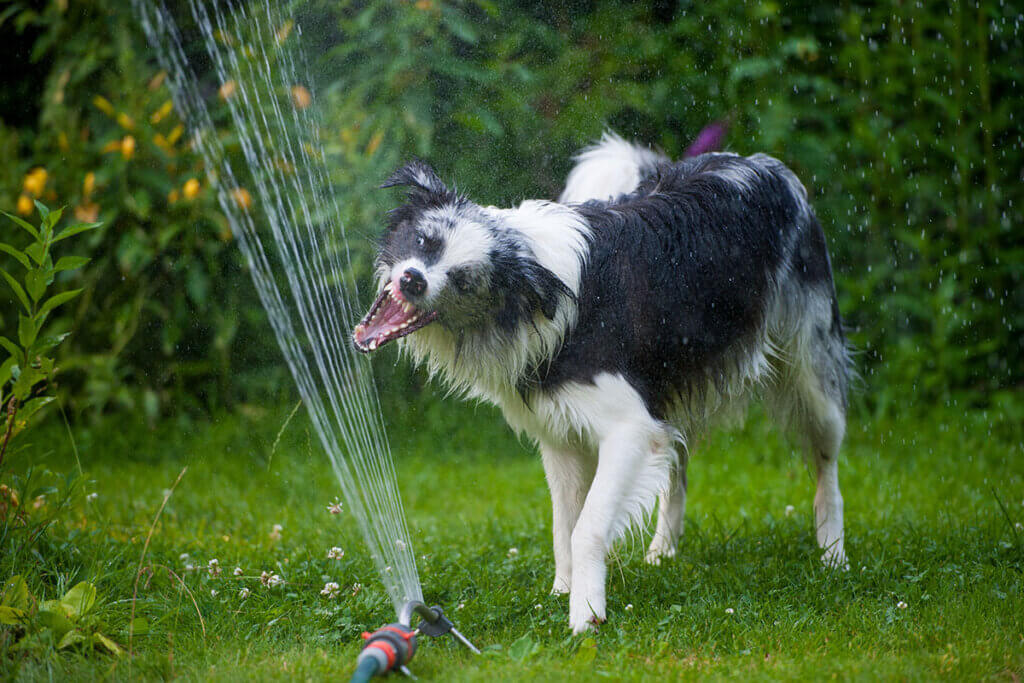
You can regulate how far a sprinkler throws the water yourself via the water pressure. If the tap is only half open, the sprinkler will not rain as far as if it is fully open.
Connection
A lawn sprinkler must be compatible with the garden hose used to connect it to the water supply. ½-inch connections are particularly common, but some brands also rely on ¾-inch threads. If the hose and the sprinkler do not match, you will need an adapter. However, this usually costs no more than five euros. Make sure that the appropriate connectors are included in the delivery.
Cleaning
The nozzles of lawn sprinklers gradually become clogged with limescale. When the water comes out only sparsely, cleaning must be carried out. It is then advantageous if a cleaning pen is included in the scope of delivery. The pin is inserted into the nozzle and the limescale is loosened. High-quality lawn sprinklers have a removable sieve that catches dirt particles. Such a sieve can be easily cleaned under running water.
How much does a lawn sprinkler cost?
The simplest lawn sprinklers cost around 10 euros. Even inexpensive models from lesser-known brands sometimes achieve very good watering results. The upper price limit is around 40 euros. You should not pay more for a lawn sprinkler. In the higher price range, you will find many well-known brands such as Gardena and GRÜNTEK.
Instructions for the use of a lawn sprinkler
For a lawn sprinkler to function optimally, it needs the right water pressure. Conventional models are designed for a minimum pressure of two bars. A lawn is ideally watered in the early morning. This is usually difficult to combine with work and other commitments. With the help of an irrigation computer, watering can be automated.
What water pressure is required?
The majority of lawn sprinklers operate at a pressure of three to four bar, which corresponds to the water pressure of most house connections. Commercially available sprinklers should be operated at a maximum of six bar and need at least two bar to work. If the water pressure at your house connection is low, it may be a good option to choose a sprinkler with only one nozzle. With other models, the pressure is reduced by distributing it over several outlet nozzles.
At what time of day to irrigate?
A basic rule of garden watering is never to water at midday. While it may seem like a good idea to directly help the thirsty plants, it is actually counterproductive. The drops of water left on the plants intensify the sunlight. A magnifying glass effect occurs, which in the worst case will cause them burns. When lawn sprinklers are used at this time of day, the majority of the water evaporates due to the sunlight before it even reaches the ground. It is therefore a waste of water without effect. Better watering times are the morning and evening hours.
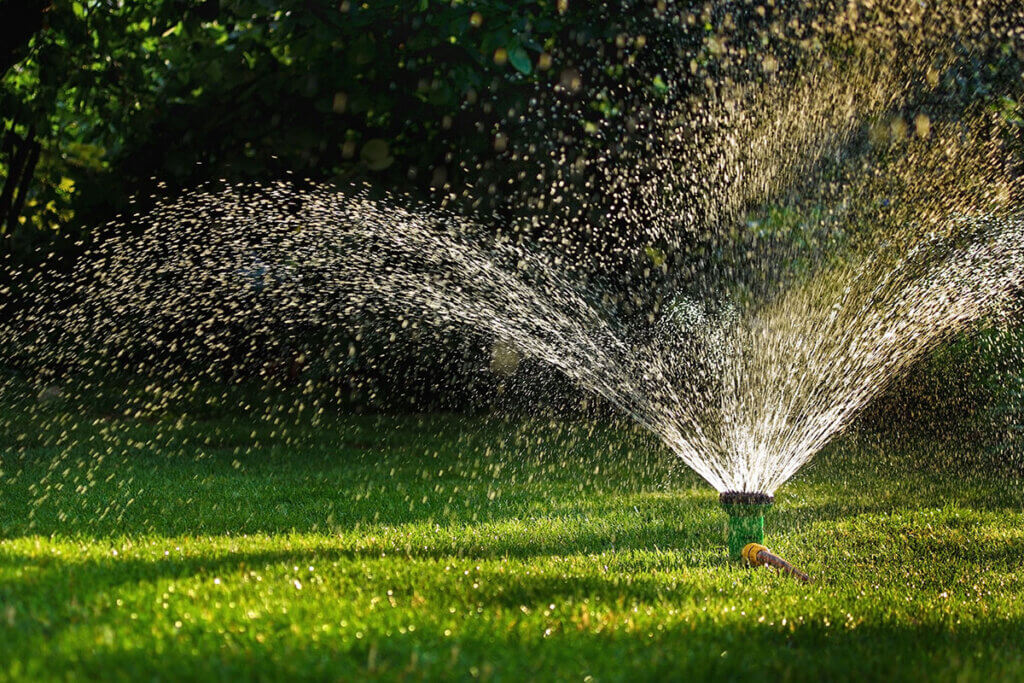
How much water does a lawn sprinkler use?
It is not possible to make a general statement about how much water a lawn sprinkler needs. Water consumption is reduced to the bare minimum if the sprinkler is only used once. In very dry conditions, the lawn can be watered every four days. More regular watering is usually not necessary. Ideally, the water should penetrate the soil to a depth of about 15 centimetres after a few hours. This requires about 10 to 20 litres of water per square metre. If you want to know exactly how much water the lawn sprinkler uses, note the meter reading before and after use. In order not to falsify the difference, water should not be used elsewhere at the same time.
The smart lawn sprinkler
With the help of apps, not only roller shutters can be controlled remotely, but also garden irrigation. Many manufacturers of lawn sprinklers offer smart systems for the garden. The centrepiece is an irrigation computer that is connected between the water tap and the garden hose. The water supply can then be regulated via the corresponding app. Users can preset the watering times and do not have to lift a finger. With the help of the app, it is even possible to operate the lawn sprinkler while on holiday or at work.

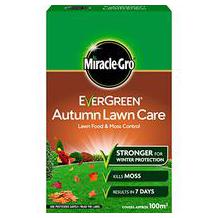
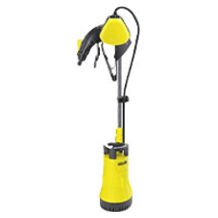

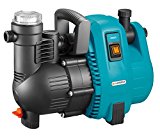
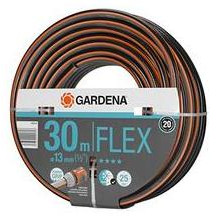
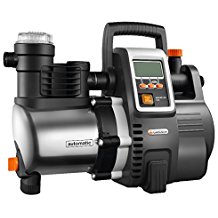
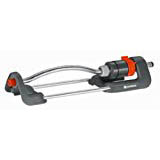

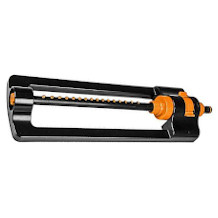
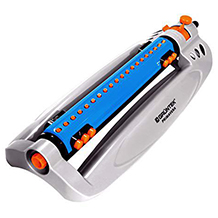
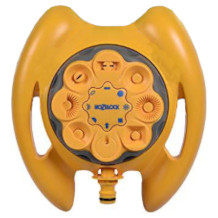
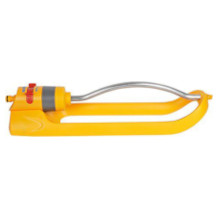
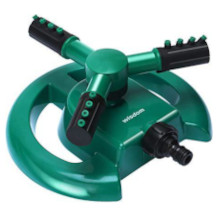
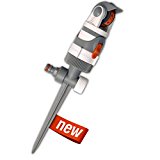
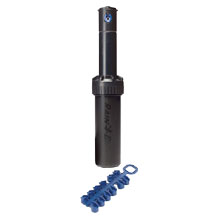

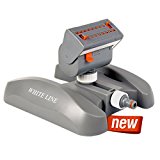
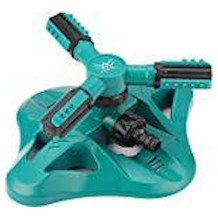

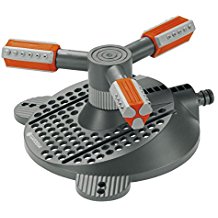
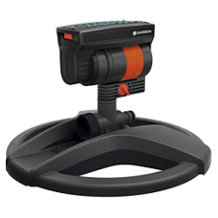
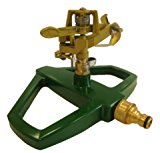
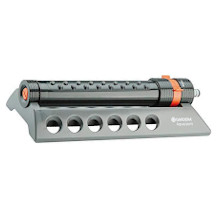

 1,995 reviews
1,995 reviews

